
Double Barrel Shotgun Used For Hunting And Sport Shooting
Introduction The double barrel shotgun, a quintessential firearm, embodies a timeless design characterised by its two parallel barrels. Its history,
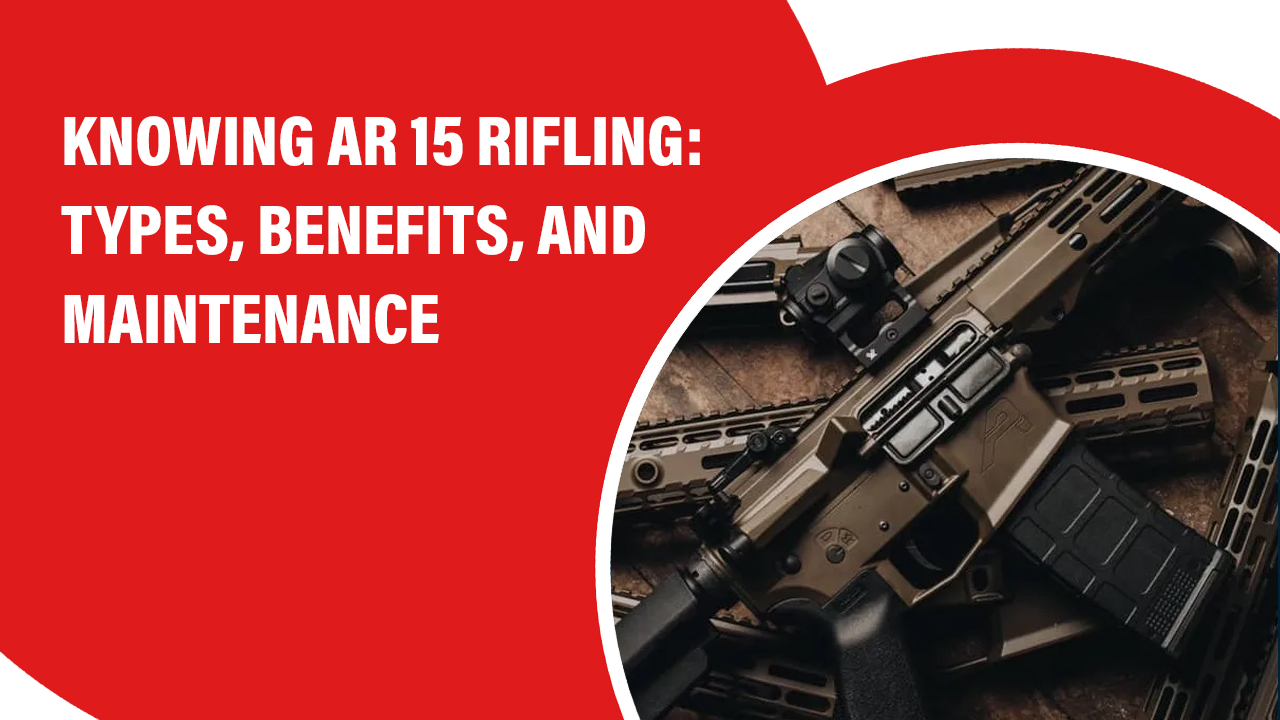
The AR-15 rifle’s rifling refers to the spiral grooves inside the barrel that impart spin to the bullet, ensuring stability and accuracy in flight. Rifling is integral to the performance of firearms, including the AR-15, as it significantly affects accuracy and range. Without proper rifling, a rifle sling AR-15 would not be as effective in delivering accurate shots. The AR 15 rifling is crucial for ensuring that bullets maintain a stable trajectory, especially over long distances, making it a key consideration for enthusiasts and professionals alike.
Rifling in AR-15 rifles refers to the spiral grooves cut into the barrel’s interior. Its primary purpose is to impart a spin to the bullet as it travels down the barrel. This spin stabilizes the bullet in flight, enhancing accuracy and range. Without rifling, bullets would tumble unpredictably, leading to poor performance. Rifling is essential for optimizing the capabilities of AR-15 rifles, ensuring precise shooting and effective targeting.
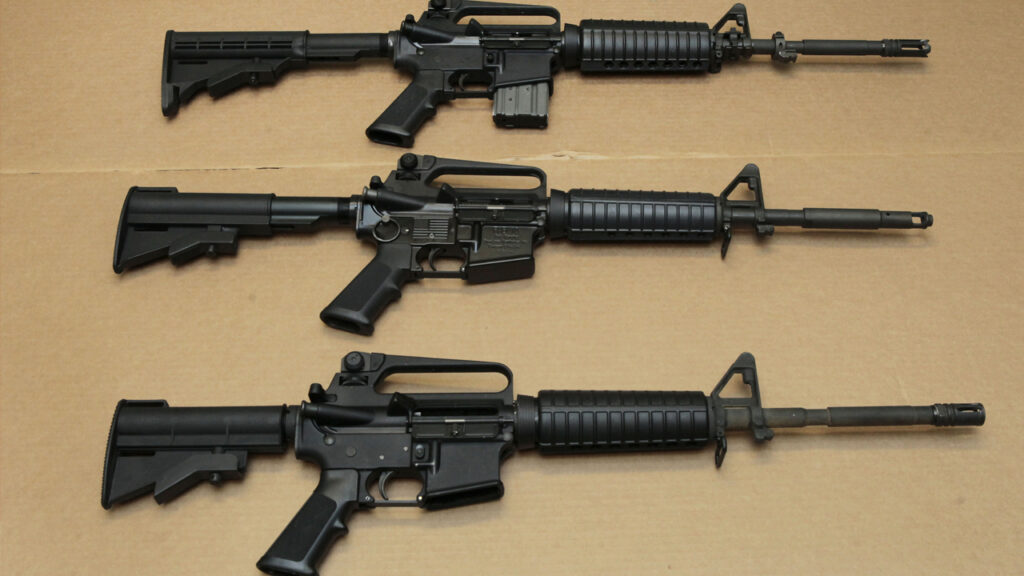
Traditional rifling consists of straight grooves cut into the barrel in a linear pattern. These grooves typically have a consistent width and depth throughout the barrel’s length. This type of rifling has been used for centuries and remains popular due to its reliability and effectiveness. In AR-15 rifles, traditional rifling ensures consistent spin and stability for the bullet, contributing to accuracy and performance.
Polygonal rifling features grooves with a polygonal or non-circular shape, such as hexagonal or octagonal. This design increases the contact surface between the bullet and the barrel, resulting in better gas sealing and reduced fouling. AR-15 rifles equipped with polygonal rifling often experience less friction and wear, leading to improved longevity and reliability. Additionally, polygonal rifling may enhance bullet velocity and accuracy, making it a sought-after option for shooters seeking optimal performance.
Helical rifling involves cutting grooves in a spiral pattern along the barrel’s interior. This design imparts a twist to the bullet as it travels down the barrel, promoting gyroscopic stability. AR-15 rifles with helical rifling benefit from enhanced accuracy and range, as the spinning motion counteracts factors like wind drift and bullet drop. Helical rifling is favoured by precision shooters and long-range enthusiasts for its ability to deliver consistent and predictable trajectories.
In summary, the various types of rifling in AR-15 rifles serve the common goal of improving accuracy, range, and reliability. Whether it’s the traditional straight grooves, polygonal shapes, or helical spirals, each rifling type contributes to optimizing the performance of these iconic firearms.
The evolution of AR 15 rifling can be traced back to its historical roots, where early designs incorporated traditional rifling methods to enhance accuracy and performance. Over time, advances in rifling technology for the AR-15 have revolutionized the way these firearms operate. From the introduction of polygonal rifling to the development of helical rifling techniques, each innovation has aimed to improve bullet stabilization and overall shooting precision. These advancements have not only impacted the design and manufacturing processes but have also played a significant role in shaping the AR-15’s reputation as a versatile and reliable firearm platform.
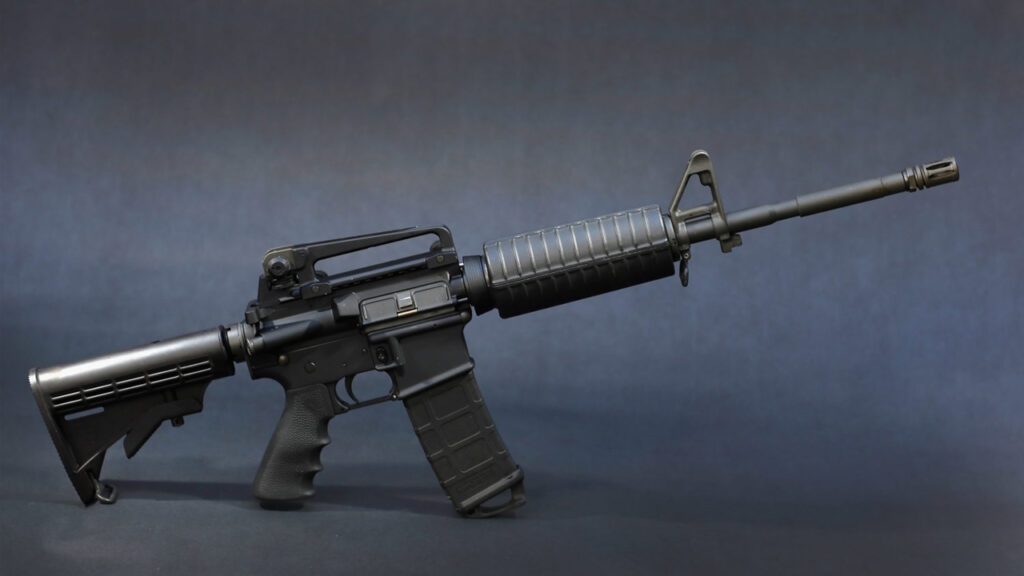
The twist rate of AR 15 rifling refers to the distance a bullet travels along the barrel to complete one full rotation. It is typically expressed as a ratio, such as 1:7 or 1:9, indicating the number of inches the bullet travels to complete one rotation. A higher twist rate means the bullet completes more rotations over a shorter distance. In AR-15 rifles, the twist rate affects the stabilization of different bullet weights and lengths. For example, a faster twist rate is better suited for stabilizing heavier and longer bullets, while a slower twist rate may be optimal for lighter projectiles. The twist rate of AR-15 rifles is an essential consideration for shooters looking to achieve optimal accuracy and performance with specific ammunition types.
The barrel length of an AR-15 rifle plays a crucial role in determining the velocity and trajectory of the bullet. Longer barrels generally provide increased muzzle velocity, resulting in improved range and energy transfer upon impact. However, longer barrels may also add weight and bulk to the rifle, impacting maneuverability and handling. Conversely, shorter barrels offer greater portability and manoeuvrability but may sacrifice some velocity and range. Shooters must balance their preferences for range, manoeuvrability, and overall rifle performance when selecting the barrel length for their AR-15 rifles. Additionally, the length of the barrel can influence the effectiveness of the rifling, with longer barrels allowing for more complete spin stabilization of the bullet.
The material composition of the barrel and rifling in AR-15 rifles significantly impacts their durability, performance, and maintenance requirements. Common materials used for AR-15 barrels include stainless steel, carbon steel, and various alloys. Stainless steel barrels offer corrosion resistance and longevity, making them suitable for harsh environments and extended use. Carbon steel barrels are durable and cost-effective, making them a popular choice for budget-conscious shooters. Alloys such as chrome-molybdenum are often used to balance durability, weight, and cost. Additionally, the material composition of the rifling affects its wear resistance, heat dissipation, and accuracy over time. Shooters should consider their intended usage, budget, and maintenance preferences when selecting the material composition of AR-15 rifles and their rifling.
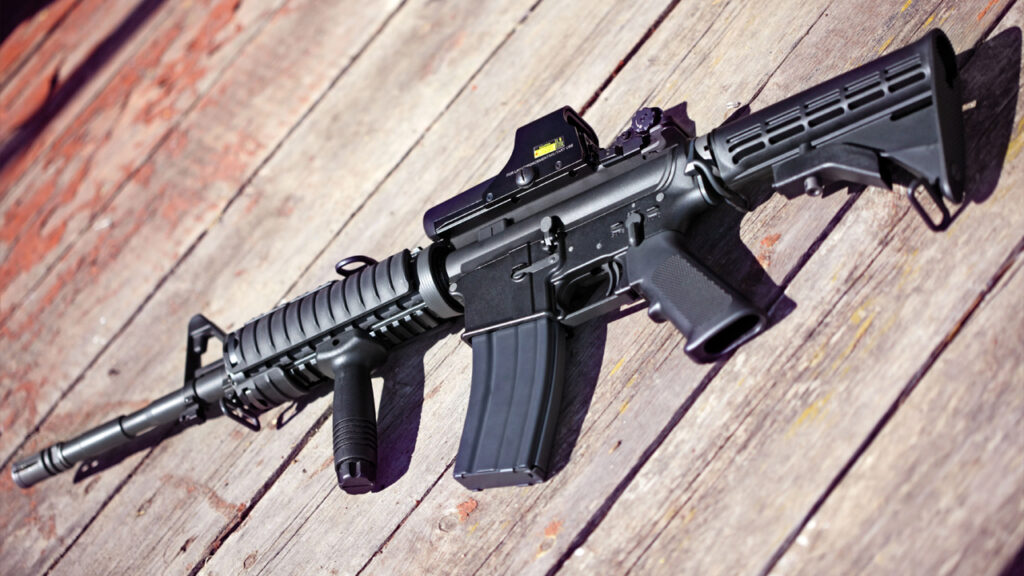
The impact of AR 15 rifling on accuracy and performance is profound and influenced by various factors. A) Factors affecting accuracy include the twist rate of the rifling, barrel length, and the material composition of the barrel. Each of these elements plays a crucial role in determining the rifle’s precision and consistency. B) Furthermore, AR-15 rifling significantly influences ballistics, affecting the bullet’s trajectory, velocity, and stability during flight. The precise rifling of an AR-15 barrel ensures optimal bullet spin, leading to improved accuracy and ballistic performance over varying distances. C) When comparing AR 15 rifling with other types, such as traditional rifling or polygonal rifling, it becomes evident that the AR-15’s rifling offers unique advantages in terms of accuracy, consistency, and ease of maintenance, further cementing its position as a preferred choice among shooters and enthusiasts.
Proper cleaning procedures are essential for maintaining the performance and longevity of AR-15 rifles and their rifling. Start by ensuring the rifle is unloaded and the magazine removed. Disassemble the rifle as per the manufacturer’s instructions, paying close attention to the barrel and rifle sling AR 15. Use a cleaning rod, patches, and solvent to remove fouling, carbon buildup, and debris from the barrel’s interior and rifle sling AR 15. Nylon brushes can help scrub stubborn deposits, while bore snakes offer a convenient option for quick cleaning in the field. After cleaning, apply a light coat of lubricant to protect the rifling and other components from corrosion and friction.
Preventive maintenance is key to keeping AR-15 rifles and their rifling in optimal condition. Regularly inspect the rifle for signs of wear, damage, or corrosion, paying particular attention to the barrel and rifling. Keep the rifle properly lubricated to reduce friction and wear on moving parts, including the bolt carrier group and barrel extension. Store the rifle in a clean, dry environment to prevent moisture buildup and rust formation. Avoid prolonged exposure to extreme temperatures, humidity, or harsh chemicals, as these can damage the rifle’s finish and rifling. Finally, follow the manufacturer’s recommended maintenance schedule and guidelines for optimal performance and reliability.
Despite proper maintenance, AR-15 rifles may encounter common issues related to their rifling and overall functionality. One frequent problem is fouling and carbon buildup in the barrel and rifling, leading to decreased accuracy and reliability. Regular cleaning and maintenance can help address this issue. Another issue is barrel wear and erosion, especially with high-volume shooting or using high-velocity ammunition. Monitoring barrel condition and replacing worn-out barrels as needed can mitigate this problem. Additionally, shooters may experience accuracy issues due to improper ammunition selection or inconsistent shooting techniques. Experimenting with different bullet weights and brands, as well as refining shooting fundamentals, can help troubleshoot accuracy issues with AR-15 rifles. If problems persist, consulting a qualified gunsmith or firearms expert may be necessary to diagnose and address more complex issues with the rifle’s rifling and performance.
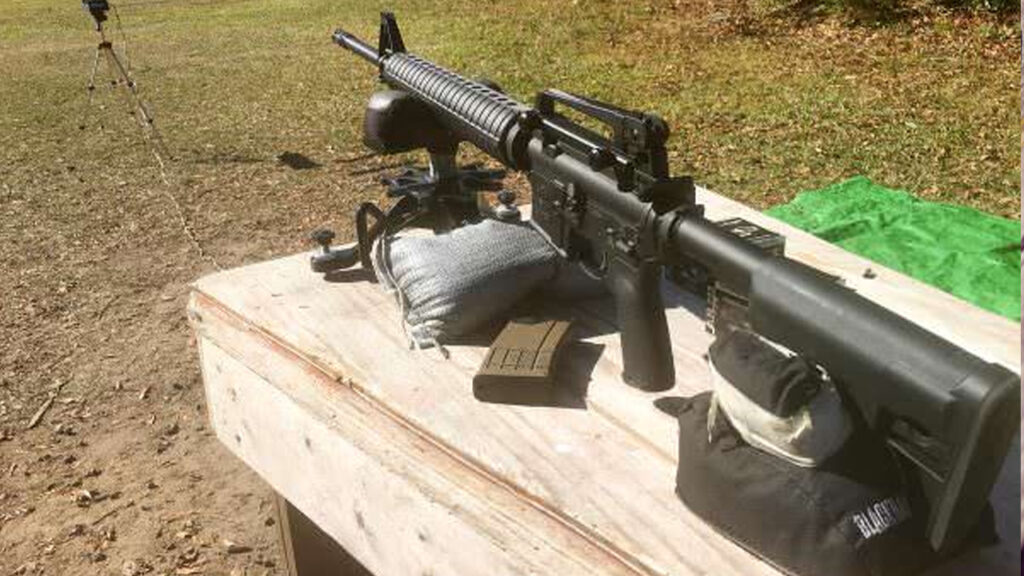
While there are no specific regulations governing the types of rifling in AR-15 rifles, certain jurisdictions may impose restrictions on firearm features or modifications. Gun owners need to familiarize themselves with local, state, and federal laws regarding firearms and any restrictions on barrel modifications or rifling types.
Owners of AR-15 rifles must ensure compliance with all applicable firearm laws, including those related to registration, possession, transportation, and use. This includes adhering to restrictions on barrel length, overall rifle length, and other firearm specifications outlined in relevant laws and regulations. Keeping firearms legally compliant helps prevent legal issues and ensures responsible gun ownership.
In conclusion, AR 15 rifling plays a crucial role in determining the accuracy and performance of these firearms. Throughout history, advancements in rifling technology have continuously improved the AR-15’s capabilities, ensuring better stability and precision in shooting. Key factors such as twist rate, barrel length, and material composition significantly influence accuracy and ballistics. When compared to other rifling types, AR-15 rifling stands out for its consistency and ease of maintenance. Looking ahead, future trends in AR-15 rifling technology may focus on further enhancing precision, reducing barrel wear, and optimizing performance under various conditions. As technology continues to evolve, AR-15 rifles are poised to remain at the forefront of firearm innovation, offering shooters unparalleled accuracy and reliability.
Upgrade your AR 15 rifling performance with Advanced Combat’s precision. Enhance accuracy and range with our premium rifling technology. Elevate your shooting experience today!

Introduction The double barrel shotgun, a quintessential firearm, embodies a timeless design characterised by its two parallel barrels. Its history,

Introduction The lever action rifles, a staple in firearms history, embodies a mechanism where a lever is used to load